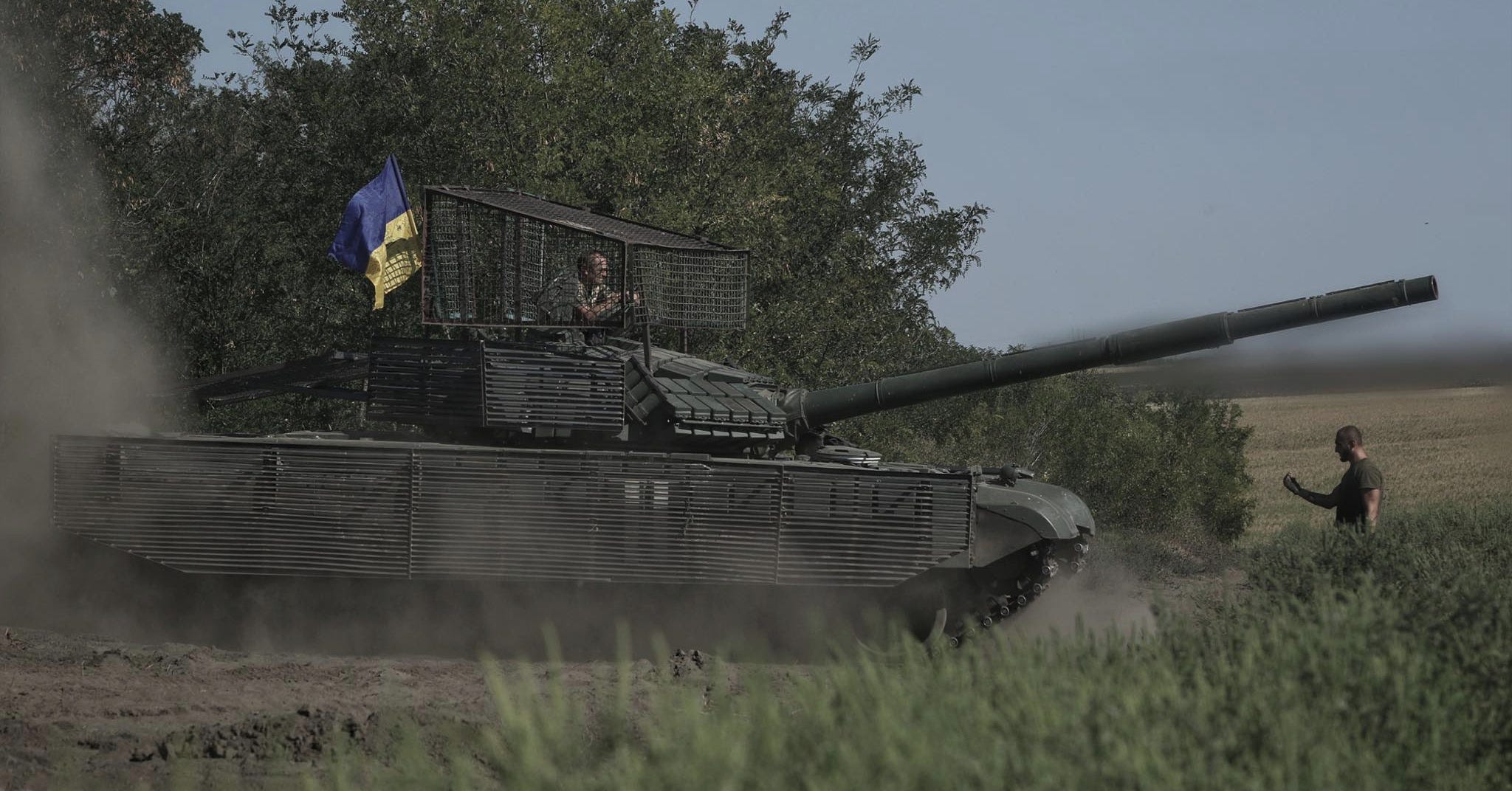Ukrainian Troops Are Retreating In Southern Donetsk
The fall of Vuhledar on Oct. 1 led to a wider Ukrainian collapse
On Oct. 1, Russian forces finally captured Vuhledar, a fortress town that had anchored Ukrainian lines in southern Donetsk Oblast since the start of Russia’s wider war on Ukraine.
And now Ukrainian positions in the area are unraveling. On Sunday, Russian troops raised their flag in Bohoiavlenka, five miles north of Vuhledar.
Local Ukrainian forces have been off-balance since the fall of Vuhledar. The 72nd Mechanized Brigade, which had held Vuhledar for two years without much in the way of reinforcements, apparently still is the main mechanized formation on the axis between Vuhledar and Trudove, just north of Bohoiavlenka.
The 72nd was desperately in need of reinforcements before Vuhledar fell. Its desperation has only deepened since then. If the brigade continues falling back, the result could be Ukrainian salients—that is, partial encirclements—to the east and west.
In Shakhtarkse, just west of Bohoiavlenka, the Ukrainian 128th Mountain Assault Brigade is barely hanging on. No fewer than 40 Russian vehicles attacked on Sunday—and ran headlong into the 128th Brigade’s tanks, which opened fire at point-blank range.
The tankers’ heroic efforts might be for naught. It’s a truism of the Russia-Ukraine war that a salient is a prelude to a retreat by the flanked troops. Recall that the Russians created a salient around Vuhledar right before the 72nd Mechanized Brigade quit the town three weeks ago.
If Ukrainian forces can’t stabilize their defenses between Bohoiavlenka and Trudove—and fast—they might have to pull out of a long string of settlements to the east and west in order to avoid hundreds of troops getting surrounded and cut off.
The Ukrainians in southern Donetsk need help. But where could help come from? The general staff in Kyiv continues to send most of its best available troops to reinforce the Ukrainian invasion of Russia’s Kursk Oblast.
Read more:
Ukraine's Weary M-1 Abrams Brigade Is Back in Action
The Ukrainian army’s 47th Mechanized Brigade is one of the army’s best formations—and also one of its most over-worked. The unit fought in all the hardest battles of Russia’s wider war on Ukraine from June 2023 through September this year before finally getting its first major break.






